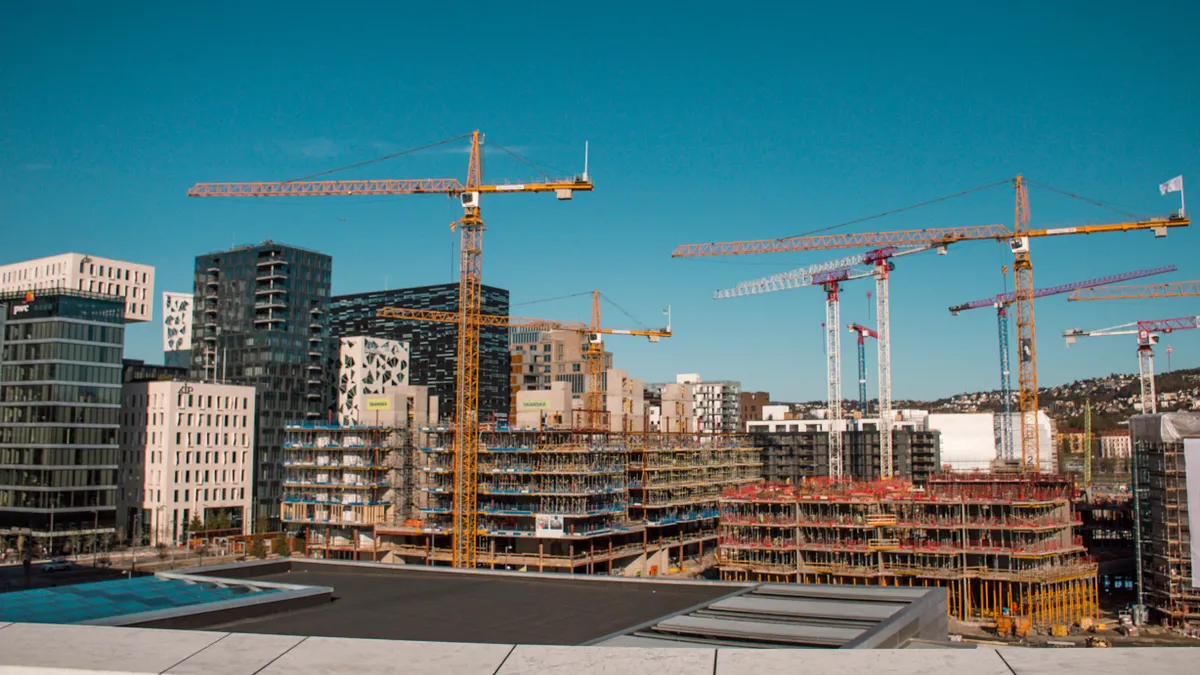Dive Brief:
- The overall number of construction cranes at work in major North American cities grew 7% in the first three months of 2023 compared to the third quarter of 2022, although cranes on commercial projects were down 20% for that same period, according to the most recent crane index from Rider Levett Bucknall.
- Of the 14 cities surveyed, eight experienced an increase in the number of cranes, two saw a decrease and four held steady.
- Despite labor concerns and economic uncertainties, “we are continuing to see new projects break ground within our 14 key markets,” the report reads. “We anticipate the number of cranes to remain high into 2023. Despite uncertain market conditions, construction projects will continue to break ground, albeit at a cost.”
Dive Insight:
The twice-a-year crane index provides a snapshot of the amount of work underway in major metros, while also measuring the kind of work that’s being performed. Residential (51%) and mixed-use (22%) make up about three-quarters of the crane uses, while commercial projects accounted for 12%, down from 15% since the last report.
Las Vegas had the largest percentage growth; it added nine cranes, up from three in the previous report. Seattle saw a 21% increase from Q3 2022, also adding nine cranes. Toronto continues to have the highest number of cranes of all measured cities at 238, 139 of them residential-related.
US cities' Q1 2023 crane count indicates continued investments
Among U.S. cities, Seattle had the most residential cranes with 33, followed by Denver and Chicago with 21 and 11, respectively.
Recent reports about construction show conflicting indicators about the industry’s economic future. Dodge’s Momentum Index — which measures nonresidential building planning — tumbled 8.6% in March, in part due to banking insecurity spurred by recent banking failures. The index leads actual construction by about 12 months.
Meanwhile, construction’s demand for jobs remains high, with 412,000 unfilled positions for which contractors are actively recruiting. That indicates that builders are still in “growth mode” despite recession fears, according to Associated Builders and Contractors Chief Economist Anirban Basu.














